New Observation | The latest progress of "Archeology China", continue to explore the style of Chinese civilization
Author:Xinhua News Agency Time:2022.09.16
Focusing on the process of prehistoric civilization and the study of Xia Shang culture, the State Administration of Cultural Relics held an important progress of important progress in the "archeological China" major project on September 16 to report 4 new progress in archeological progress.
Among these archeological excavation projects, there are two -mile sites that have been excavated for many years and are well -known, as well as new projects approved by the State Administration of Cultural Relics for nearly two years; there are active archeological excavations, and archeological work in conjunction with local urban construction projects. They all reflect the progress of my country's archeological work in the process of prehistoric civilization and the research of Xia and Shang culture.
Shicheng site of Houcheng Tsui, Houcheng, Hohhot, Inner Mongolia
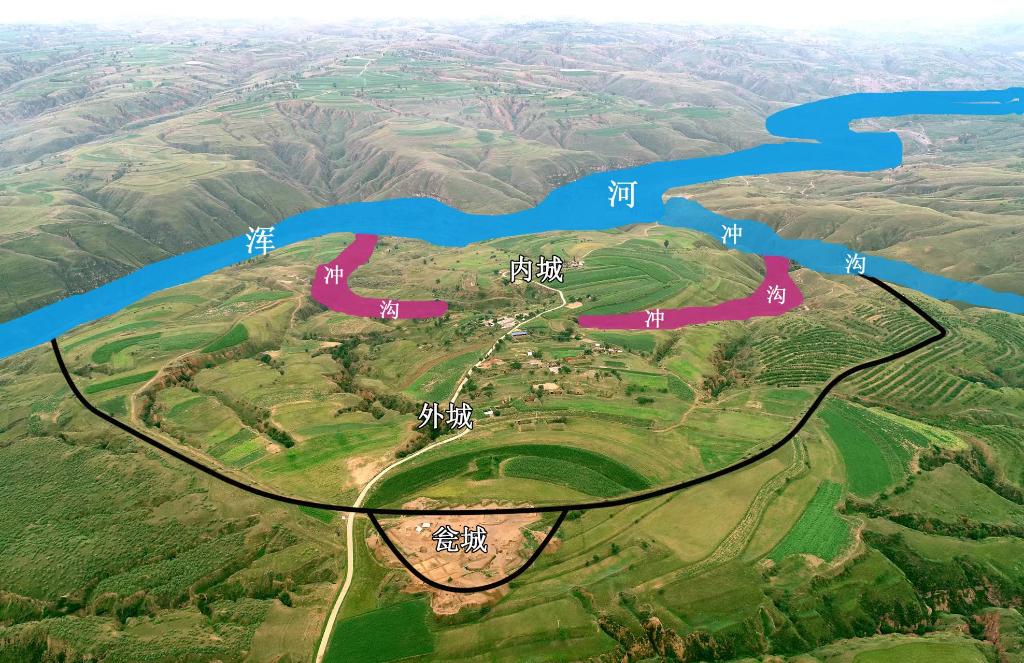
Panorama of Shicheng Site in Houcheng Tsui
The Shicheng Site of Houcheng Tsui is located in Qingshuihe County, Hohhot, Hohhot, Inner Mongolia Autonomous Region. It is the largest new stone city site in the central and southern part of Inner Mongolia. From 2019 to 2022, with the approval of the State Administration of Cultural Relics, the Inner Mongolia Autonomous Region Cultural Relics and Archaeological Research Institute continued to perform initiative archeological excavations on Houcheng Tsui Shicheng site.
The area of the Shizhi City of Houcheng Tsui is about 1.38 million square meters, and the structure layout is relatively complete. Since 2021, the Inner Mongolia Autonomous Region Cultural Relics and Archaeological Research Institute focused on archeological excavations on the outside of the city, and found important relics such as outer ring and outer city. In addition, in the inner urban area, a large number of relics such as tombs, rooms, and ash pit were found in archeological exploration, which provided clues to understand the structure layout of the inner city.
After the system excavation of archeologists, it basically clarifies the most complicated and complete triple defense system in the Longshan era: the first defense system composed of outer city walls, horses, Taiwan bases, and outer ring trenches ; The second defense system composed of Tanji, pier, and inner ring on the wall of the city wall, and the second defense system composed of the platform, and the inner ring. The heavy defense system is a vivid physical examples of the settlement form of the He suit area.
Shanxi Xing County Bicun Site
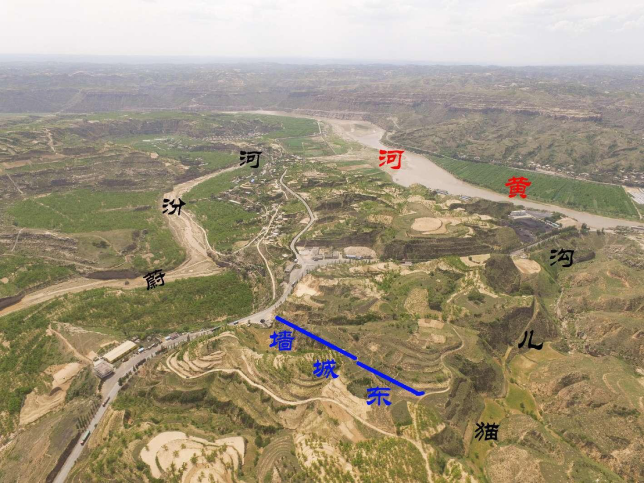
Bicun site landform
The Bicun site is located in Xing County, Luliang City, Shanxi Province. It is located at the intersection of the Wei Fen River and the Yellow River. The age is 4000 to 3700. It is the first large -scale stone city settlement in the Yellow River coast in the Yellow River in Shanxi. From 2020 to 2022, with the approval of the State Administration of Cultural Relics, the Shanxi Provincial Institute of Archaeological Research continued to perform active archeological excavations on the Bicun site.
The Bicun site covers an area of about 750,000 square meters. Over the years, archeological work has initially proved the structure layout of the site. From west to east, it is the three sites of Xiaoyu Liang, Shimenyu, and the city walls. Among them, the location of the Xiaoyu Liang is the core building area of the site, the edge of the slope is built, and the center is built in the central square.
The Bicun site is the largest city site found at the estuary of the Yellow River in the river. It is the central settlement site in the late Longshan era in the Weifen River Basin. The Dongcheng Gate of the site is well -preserved, strict, and regular, showing a unique type of city gate shape such as the Shicheng site in the river. At the same time, the Bicun site controls the outstanding strategic location of the two sides of the Yellow River. The layout of the city site presents a multiple defense system that has a card and a heavy check -in, which is strongly pointing to it. The key essentials are an important fulcrum to reveal the social and political relations of the Longshan era in the Shanxi Plateau.
New progress of archeological progress at the Erlitou site of Yanshi, Henan
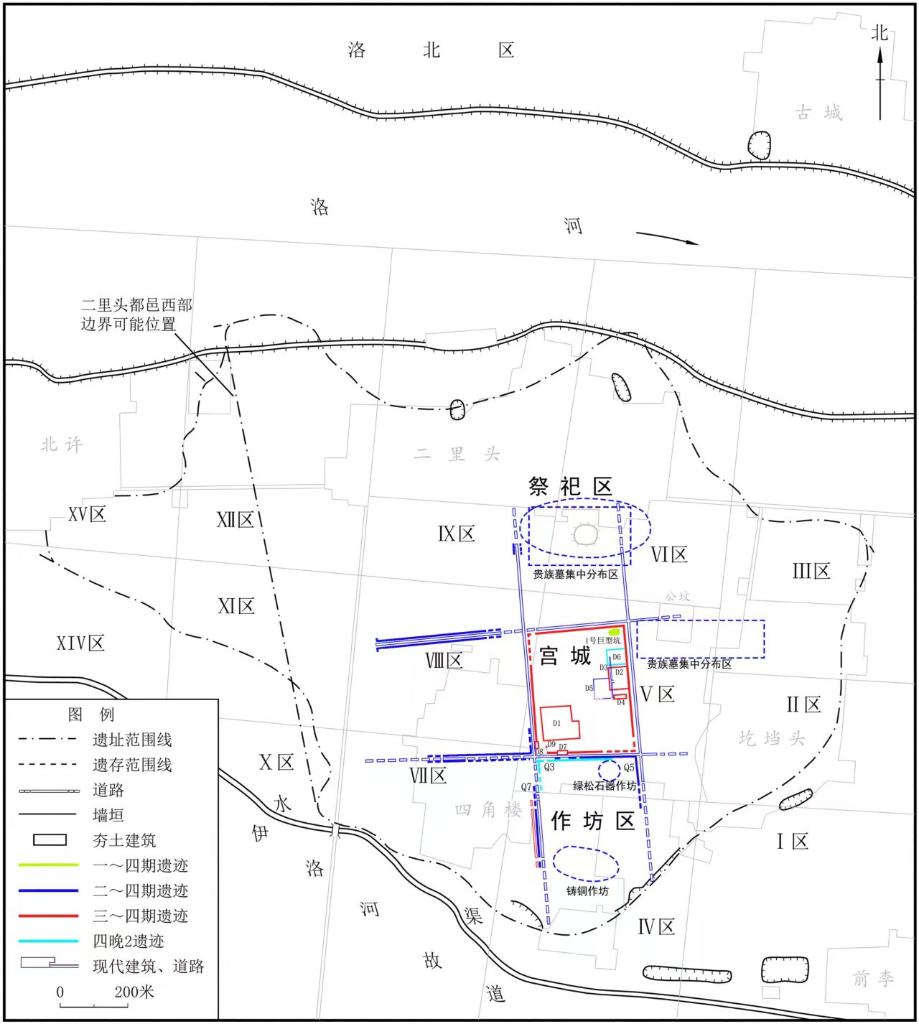
Plagal Map of Erlitou Site
The Erlitou site is located in Yanshi District, Luoyang City, Henan Province. The existing area of the site is 3 million square meters. Absolutely from 1750 BC to 1530 BC, the academic community is generally believed to be the metropolis site in the late Xia Dynasty.
In recent years, archeological work has gradually unveiled the multi -network format of the Erlitou site. On this basis, since 2021, archaeologists have exposed many rammed earth walls on both sides of urban roads and roads, including the doorway on the road on the north side of Miyagi and the west wall of Miyagi. The soil wall extends to the north of more than 200 meters. Based on this, it is speculated that there are at least one partition in the west of the known workshop area, palace area, and sacrifice area.
The discovery of pottery and bone corner processing sites is an important breakthrough in the archeology of the Erlitou site handicraft industry. In the middle of the northern edge of the site, the richer ceramic relics were found for the first time, including multiple stages of pottery technology. Nearly 100 square meters of bone and corner processing workshops were found in the south corner of Miyagi, and a large number of bone and keratin relics were unearthed. Some of them had traces of smashing, cutting, and grinding, showing all aspects of bone corner processing.
The new discovery of the Erlitou site has further revealed the structural layout of the multi -network format. It is an important clue to explore issues such as the early national metropolitan city system, handicraft industry and socioeconomic, etiquette and funeral system.
Business Cemetery, Shangdu College Street, Zhengzhou, Henan
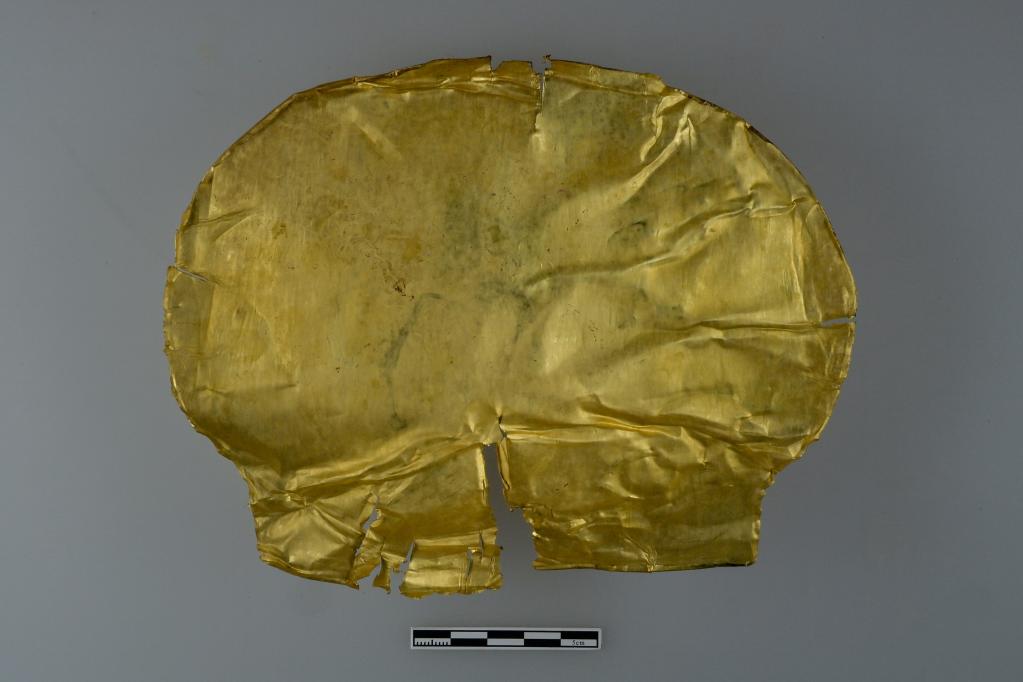
Zhengzhou Shangdu College Street Business Cemetery No. 2 Tomb Tomb Unearted Gold Cover
Zhengzhou Shangdu Academy Street is located in the southeast of the city of Zhengzhou Mall. It is a high -grade aristocratic cemetery in the Baijiazhuang period in the middle of the Shang Dynasty. From June 2021 to August 2022, with the approval of the State Administration of Cultural Relics, the Zhengzhou Cultural Relics and Archaeological Research Institute cooperated with the local urban construction project for archeological exploration and excavation.
Zhengzhou Shangdu Academy Street has an area of about 10,000 square meters. Two trenches were found on both sides of the north and south of the cemetery. The tombs are mainly distributed in the area between two trenches, and a total of 25 are found, of which 3 tombs are unearthed bronze, 6 suspected sacrifice pits, and the remaining 16 speculations are funeral tombs.
Tomb No. 2 (M2) is the highest archeological discovery of the Zhengzhou Mall site. The grave is 2.93 meters long. The reddish -brown relics suspected of cinnabar are found in the middle of the tomb.20 pieces, 11 jade articles, 5 gold wares, and 123 shell coins, green pine tubing beads, and inlaid with green pine decorations, etc., which fully demonstrate the tomb owner's high -level aristocratic identity.
Zhengzhou Shangdu Academy Street has further enriched the content of the medium -term culture of the Shang Dynasty. It is an important evidence of the evolution and historical revolution of Zhengzhou Mall.The phenomenon of many gold supplies unearthed in high -level aristocratic tombs is relatively rare, reflecting the cultural exchanges and close connections of the East and West during the business period.
Reporter: Shi Yuzen
The picture is provided by the State Administration of Cultural Relics
- END -
Lile and Le Shandong | Texas: Qihe Hei Tao Rong ascended "Shandong in the Cultural Relics" premiere
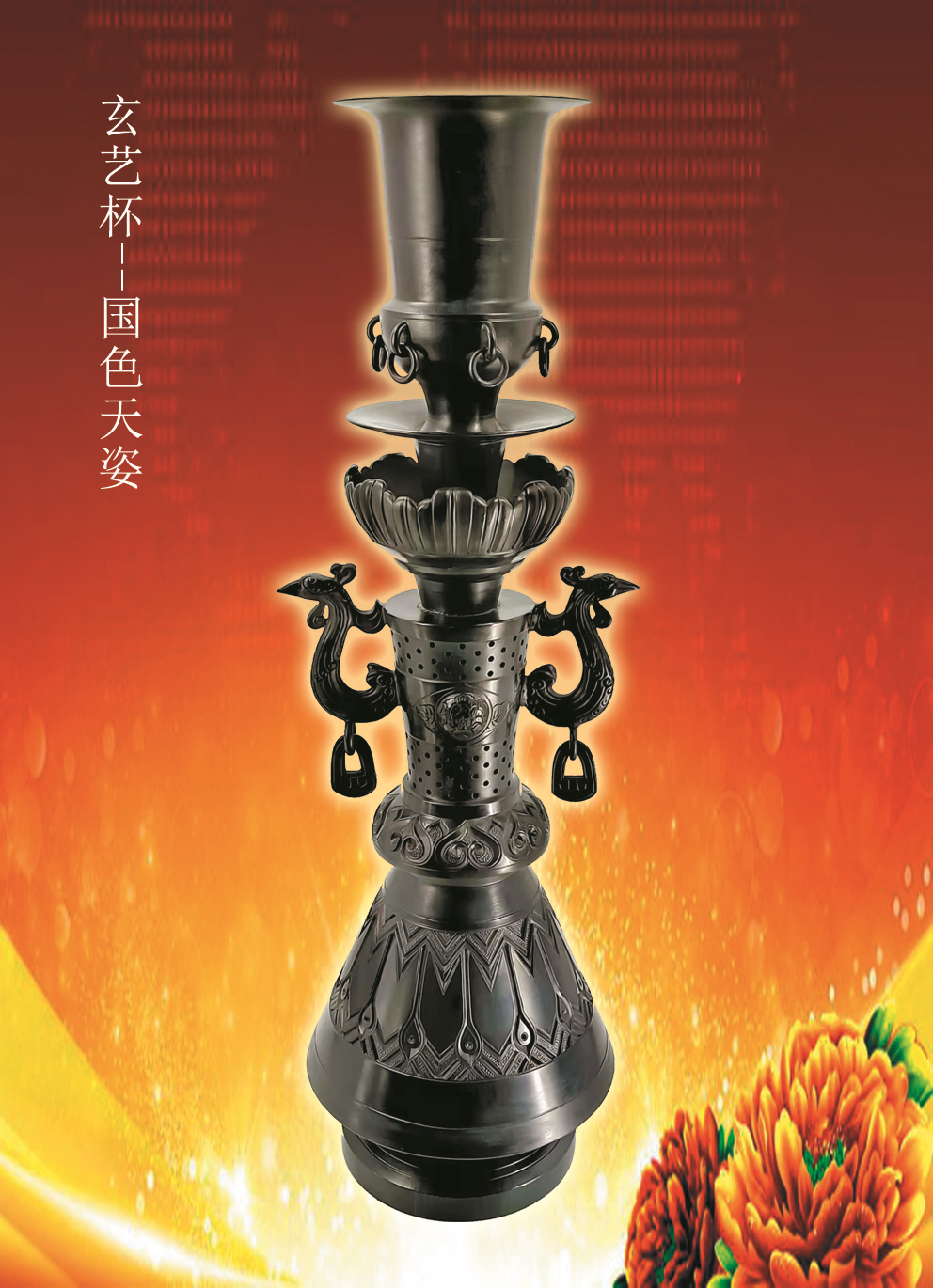
On the rules of the ancients, he opened his own noodle, and at 19:30 on July 8, 20...
Digital technology will "reproduce" Dunhuang Tibetan Scriptures
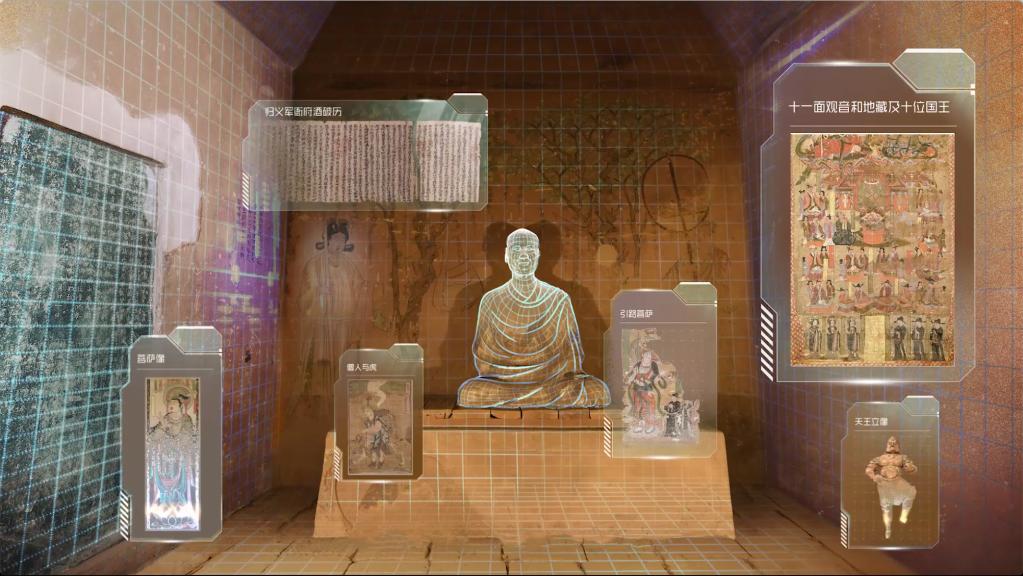
Xinhua News Agency, Lanzhou, June 15 (Reporter Zhang Yujie) With the support of di...